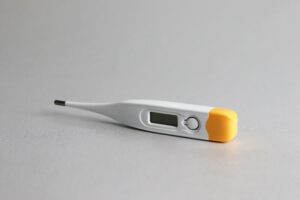5 Fertility Treatments to try to get Pregnant


If you have been unsuccessfully trying to have a baby for longer than a year (or longer than 6 months if you are over 35), it may be time to talk to your doctor. Many couples will delay this important conversation because they are afraid that either: 1.) there is nothing that can be done to help them, or 2.) the only thing that can help them is IVF (in vitro fertilization).
Fortunately, there are numerous options when it comes to fertility treatments that can be tailored to your needs and comfort level. The first step is to undergo a full evaluation to see if the cause of your subfertility can be determined. Some common treatment options include:
1. Surgery: If your evaluation shows that you have an anatomic problem, like endometriosis, fibroids, ovarian cysts, or blocked fallopian tubes, your doctor may recommend surgery as a first line treatment.
2. Fertility drugs: One of the most commonly used forms of fertility treatment, drugs are used to help a woman to produce one or more eggs each month. Both pills (including clomiphene) and injections (gonadotropins) can be used. Success rates average 10 percent per cycle with 20–60 percent of women getting pregnant after 3–6 months of treatment, depending on the woman’s age.
3. Inseminations: For couples in which the male is the cause of infertility, intrauterine inseminations (IUI) can be done to increase the number of sperm reaching the fallopian tubes. Inseminations can be done with a partner’s sperm or with donor sperm.
4. In-vitro fertilization: This is the leading fertility treatment. While it is the most expensive, it also has the highest per-cycle pregnancy rate (20–50 percent per cycle, depending on a woman’s age). IVF is not the initial treatment for most couples, but there are a few reasons for beginning with IVF, like blocked fallopian tubes. With IVF, gonadotropins are used to help a woman’s ovaries make many eggs all at once. The eggs are then removed in a short office procedure called an egg retrieval. The eggs are fertilized in the laboratory, and the resulting embryos are observed for 3–6 days before the best one(s) are transferred back to the woman’s uterus.
5. Donor egg IVF: For women who are unable to conceive using their own eggs because of age or premature ovarian failure, an egg donor can be used. Donor egg IVF is similar to regular IVF except that the egg donor undergoes the gonadotropin stimulation and egg retrieval, but the embryo(s) are transferred back into the woman’s own uterus. Success rates per cycle with donor egg IVF can be as high as 80 percent per cycle.
Powered by Bundoo®










































